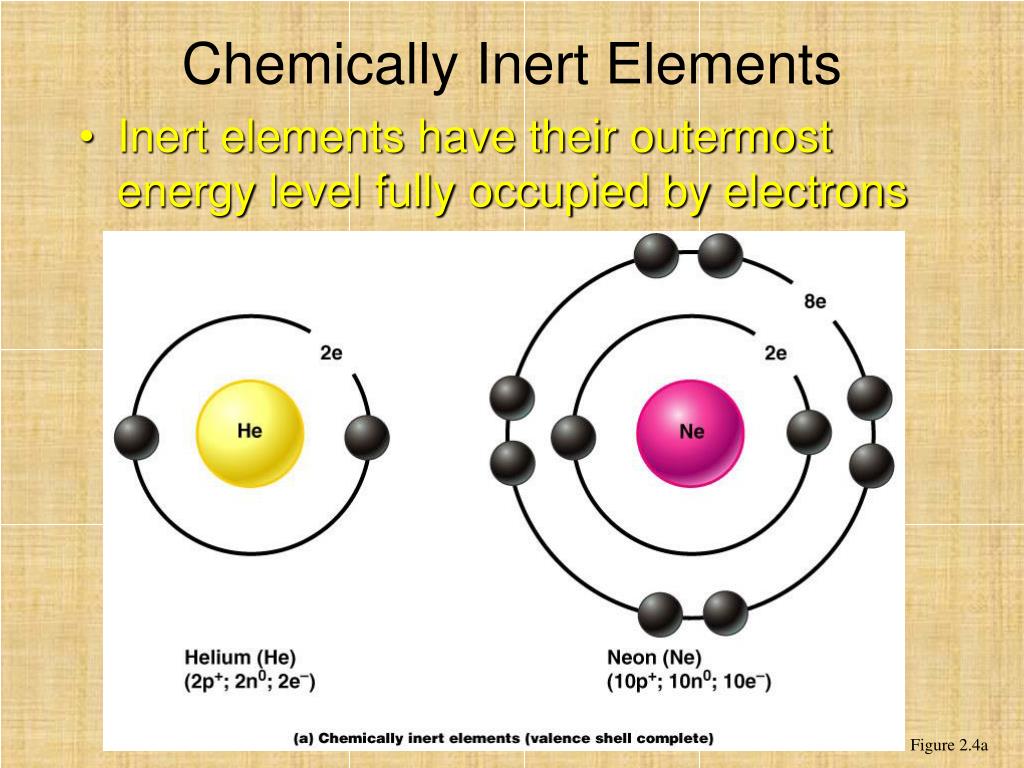In our quest to comprehend the universe, we often stumble upon terms that spark curiosity and intrigue. One such term is "inert matter." Inert matter refers to substances that do not readily react with other elements or compounds, showcasing a stable and unchanging nature. This characteristic is pivotal in numerous scientific disciplines, ranging from chemistry to astrophysics. Understanding the inert matter meaning can help us unlock the mysteries of various phenomena, from the stability of chemical compounds to the behavior of celestial bodies in the cosmos.
Inert matter plays a crucial role in nature and technology, influencing everything from industrial applications to the formation of stars and planets. At its core, inert matter is comprised of elements that possess full valence electron shells, rendering them less likely to participate in chemical reactions. This article aims to delve deeper into the concept of inert matter, its significance, and its various applications across different fields.
As we explore the inert matter meaning, we will address several questions that arise regarding its properties, examples, and implications in our daily lives. By the end of this article, you will have a comprehensive understanding of inert matter, its relevance in scientific research, and its impact on the world around us.
What is the Definition of Inert Matter?
Inert matter is defined as substances that exhibit minimal reactivity due to their stable electron configurations. These substances do not easily combine with other elements, making them ideal for various applications. The most commonly cited examples of inert matter include noble gases like helium, neon, and argon, which are known for their reluctance to form chemical bonds.
What are the Key Characteristics of Inert Matter?
Inert matter possesses several defining characteristics that set it apart from other substances. These include:
- Non-reactivity: Inert matter does not readily undergo chemical reactions.
- Stable Electron Configuration: The atoms of inert matter have full outer electron shells, contributing to their stability.
- Low Chemical Affinity: Inert matter has little tendency to bond with other elements.
- Presence in Nature: Inert matter can be found in various natural settings, including the atmosphere and various geological formations.
What are Some Examples of Inert Matter?
When discussing the inert matter meaning, several examples come to mind. The following are prominent instances of inert matter:
How Does Inert Matter Influence Chemical Reactions?
The presence of inert matter can significantly influence chemical reactions. Inert gases, for example, are often used in controlled environments to prevent unwanted reactions during experiments or industrial processes. Their non-reactive nature allows scientists and engineers to manipulate conditions without the risk of interference from reactive substances.
What Role Does Inert Matter Play in Astrophysics?
Inert matter is pivotal in the field of astrophysics, particularly in understanding the formation and behavior of celestial bodies. For instance, the presence of inert gases in stars contributes to their stability and longevity. Additionally, the inert nature of certain materials found in space helps scientists study the composition of distant planets and moons.
Can Inert Matter Be Used in Everyday Life?
Yes, inert matter finds various applications in our daily lives. Some common uses include:
- Lighting: Neon and argon gases are used in neon signs and fluorescent lights.
- Welding: Inert gases are utilized in welding processes to create an oxygen-free environment.
- Preservation: Inert gases are used in food packaging to extend shelf life.
What is the Future of Inert Matter in Scientific Research?
The future of inert matter in scientific research looks promising. As scientists continue to explore the properties and applications of inert substances, new discoveries may emerge that enhance our understanding of chemical processes and the universe. The ongoing research may lead to innovative applications in technology, medicine, and environmental science.
How Can We Educate Others About Inert Matter?
To effectively educate others about the inert matter meaning, we can utilize various methods, such as:
- Workshops and Seminars: Organizing events to discuss the properties and applications of inert matter.
- Online Resources: Creating informative articles and videos to spread awareness about inert matter.
- Interactive Learning: Implementing hands-on experiments to demonstrate the characteristics of inert substances.
Conclusion: Why is Understanding Inert Matter Important?
Understanding the inert matter meaning is essential for grasping the foundations of chemistry, physics, and environmental science. The stability and non-reactivity of inert substances provide a framework for various scientific endeavors, influencing everything from industrial applications to cosmic phenomena. By deepening our knowledge of inert matter, we can unlock new possibilities in research and technology, ultimately enhancing our understanding of the world around us.



ncG1vNJzZmixn6PAtr7IZqWeq6RjsLC5jpycpZ2Sp7a1xZJooKedoql6rq3TrZyrZZ2arq%2B1zaBloaydoQ%3D%3D